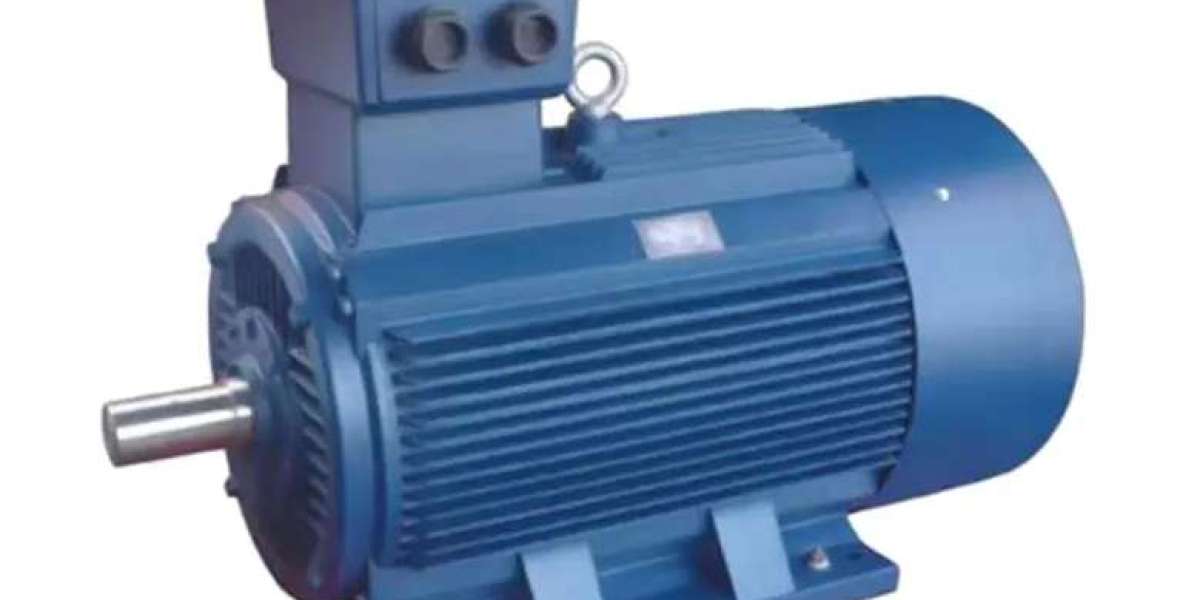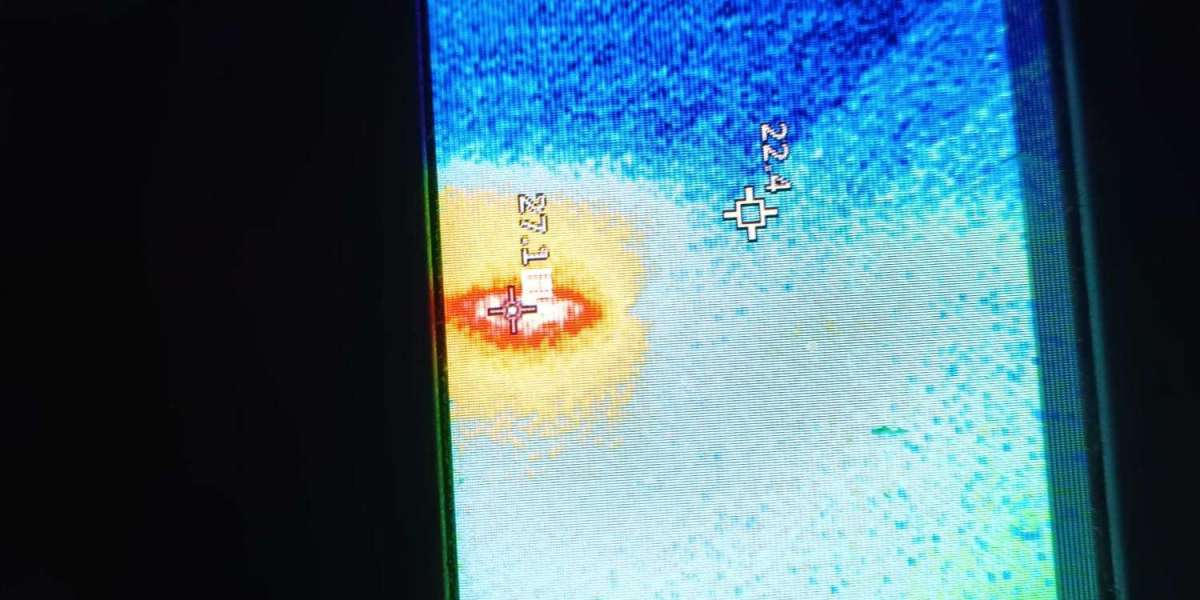Permanent Magnet Synchronous Motors (PMSMs) are renowned for their efficiency and dynamic performance. Designing these motors involves careful consideration of multiple factors to ensure optimal functionality. One critical aspect is the selection of permanent magnets. High-grade neodymium or samarium-cobalt magnets are commonly used due to their strong magnetic properties. However, designers must also account for thermal stability to prevent demagnetization under high temperatures.
The stator design in Permanent Magnet Synchronous Motors also plays a significant role in performance. The winding configuration affects the motor’s electromagnetic characteristics, including torque ripple and harmonic distortion. Engineers often use distributed windings to minimize losses and improve efficiency. Additionally, the choice of core material influences magnetic flux distribution, impacting overall motor responsiveness.
When compared to induction motors, Permanent Magnet Synchronous Motors exhibit superior efficiency and power density. Since PMSMs do not require rotor current, they avoid associated resistive losses. This advantage is particularly evident in variable-speed applications, where induction motors may suffer from slip-related inefficiencies. However, induction motors remain popular in cost-sensitive applications due to their simpler construction and lower material expenses.
Another key comparison is between Permanent Magnet Synchronous Motors and brushed DC motors. While brushed motors are easier to control, they suffer from brush wear and electromagnetic interference. PMSMs, on the other hand, offer maintenance-free operation and better speed regulation. This makes them a more reliable choice for long-term applications in automotive and industrial systems.
Future advancements in Permanent Magnet Synchronous Motor technology are expected to focus on material innovation and control strategies. Researchers are investigating ferrite magnets as a cost-effective alternative to rare-earth magnets. Additionally, machine learning algorithms are being applied to optimize motor control, further enhancing efficiency and reducing energy consumption.
Permanent Magnet Synchronous Motors represent a sophisticated solution for modern electromechanical systems. Their design intricacies and performance benefits set them apart from conventional motor types. As research continues to address current limitations, PMSMs will likely become even more integral to next-generation engineering applications.








